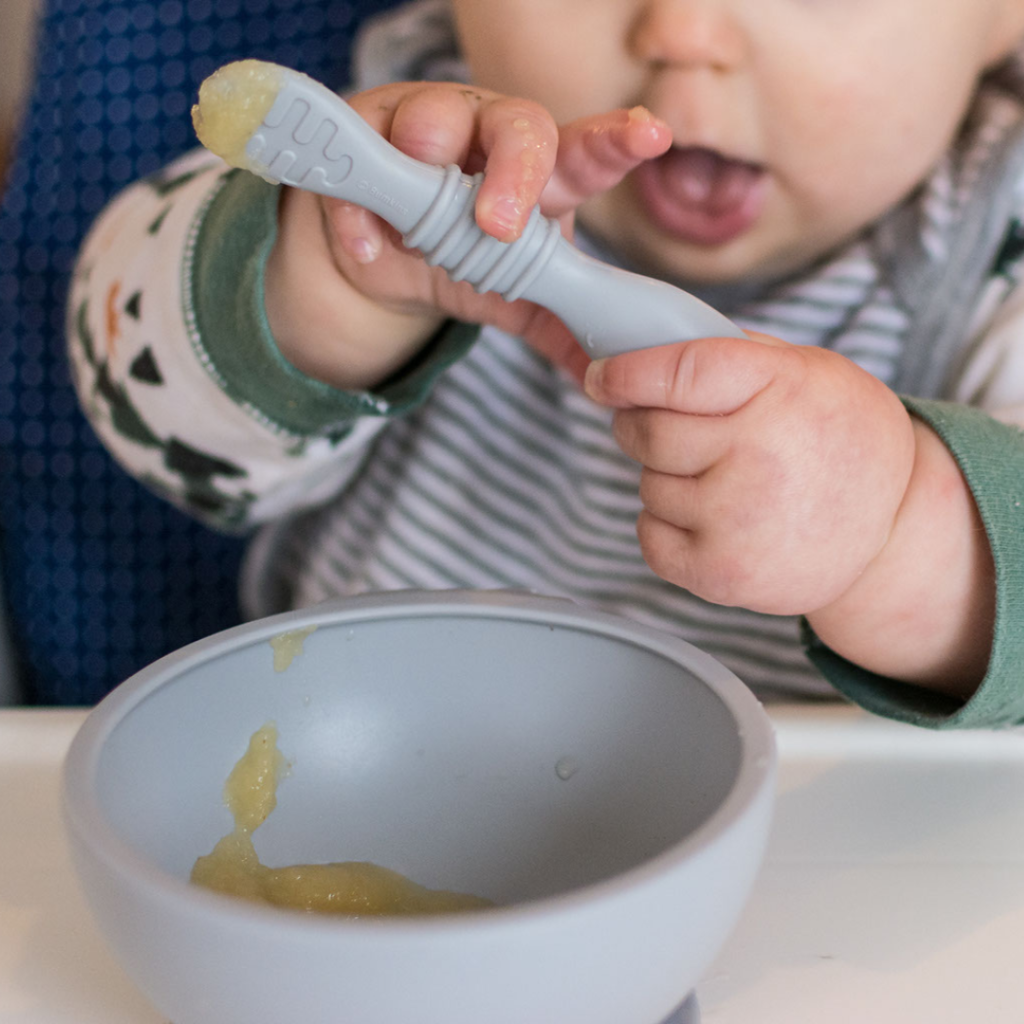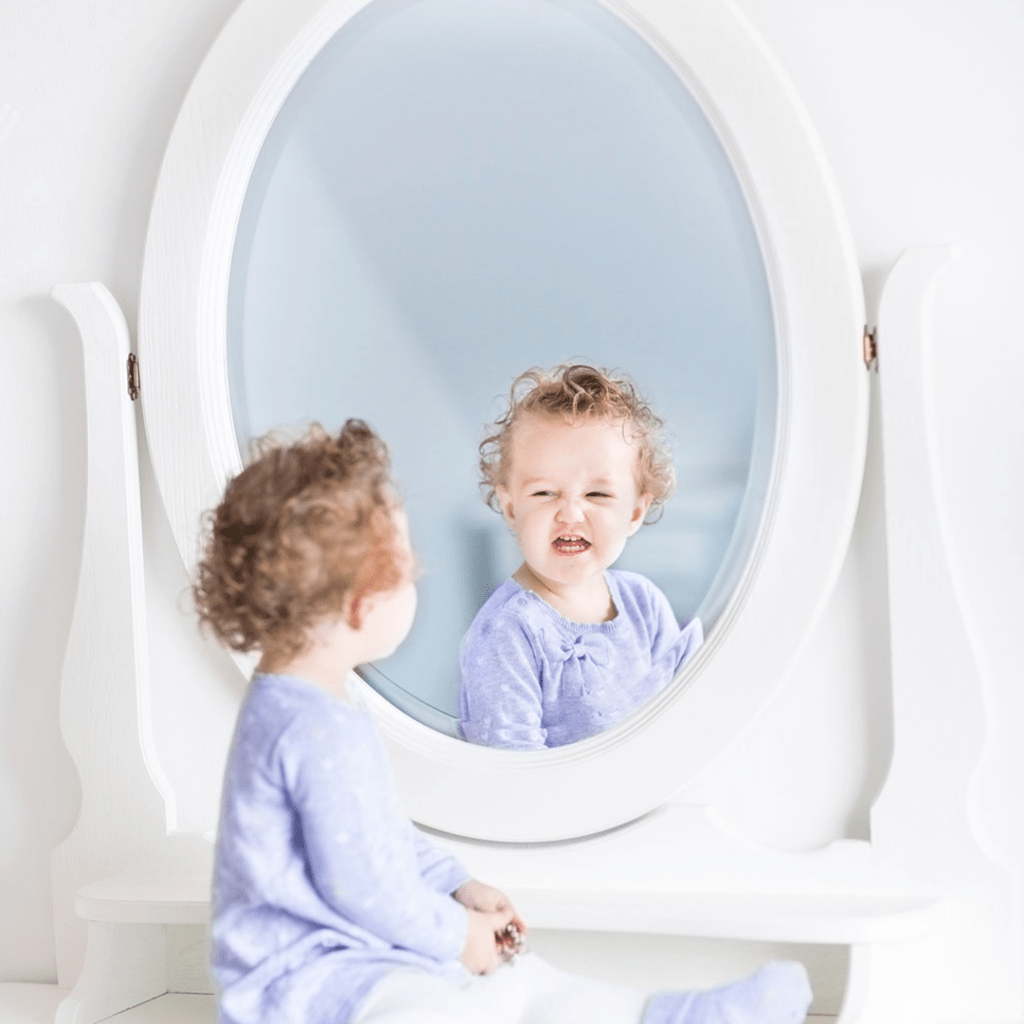An essential part of a child’s entire development is their vision. For the development of good vision, visual stimulation throughout the first 24 months of life is essential. Parents play a vital role in ensuring their child receives the visual stimulation needed to reach the visual milestones.
This article will cover the developmental milestones for children’s vision from birth to 24 months of age as well as what parents can do to encourage their children’s visual growth.
INTRODUCTION
When babies are born, their eyes and visual system are not fully developed. However, significant advancements in their vision occur during the first few months of life. It’s important to bear in mind that every child develops differently, so some may achieve certain milestones at various ages.
Outlined below are some key milestones to watch for in a baby’s visual development:
Birth to 4 months:

- At birth, newborns can see images only 8 to 12 inches away from their faces.
- They can detect light and dark, and their vision is fuzzy.
- By the end of the first month, they can see high contrast patterns such as black and white stripes.
- They can also start to focus on objects and track them with their eyes.
5 to 8 Months

- They continue to enhance eye movements and eye-body coordination.
- Eyes can coordinate to focus on objects.
- They are able to assess depth perception and distance.
- Color vision is good by the age of five months.
- Crawling around eight months further develops eye-hand-foot-body coordination.
9 to 12 Months

- They are able to recognize familiar faces and objects at this age.
- At ten months, they can grasp objects with their thumb and forefinger.
- Crawling is beneficial to enhance eye-hand coordination.
- They can judge distances and throw objects with precision.
1 to 2 Years

- By the age of two, they should have well-developed eye-hand coordination and depth perception.
- They are curious and recognize familiar objects and pictures.
- They can also recognize themselves in the mirror and imitate facial expressions.
- They can scribble with crayons or pencils.
Early signs of infant and toddler vision problems
Parents should be vigilant for any signs that may indicate a possible visual issue in their infant or toddler. The following symptoms could be cause for concern:

- Excessive tearing:The persistent watering of your baby’s eyes may indicate an underlying problem such as NLDO (Nasolacrimal duct obstruction)
- Abnormal eye movements: The rapid or uncontrollable movement of your child’s eyes, also known as Nystagmus, could indicate a vision problem.
- Squeezing of eyes: If your child has trouble seeing and frequently squeezes or shuts one eye, he or she may have a refractive error or other vision problem.
- Delayed or abnormal visual behavior: Your child may be experiencing vision problems if they are not reaching for objects, are not tracking moving objects, or show little interest in their surroundings.
- Red or swollen eyes: If your child’s eyes are frequently red or swollen, it could be an indication of an infection or other underlying issue.
- Light sensitivity: A child who is sensitive to light or avoids bright light may have a vision problem that could be congenital or acquired.
- Eye misalignment: Having crossed or misaligned eyes could be a sign of amblyopia or strabismus.
- Poor visual tracking: Children who have difficulty following moving objects with their eyes may have developmental or neurological problems or could have refractive errors or imbalances in the eye muscles.
If any of these symptoms are observed, it is essential to consult with a pediatric ophthalmologist or optometrist for a comprehensive eye exam. Early detection and treatment of vision problems in infants and toddlers are crucial for their visual development and overall health.
What can you do to help your child achieve their full visual potential
Visual stimulation is essential for children’s development in their early years, as it plays a significant role in developing their cognitive, language, motor, and social skills.
Parents and caregivers can provide visual stimulation through a variety of activities and experiences that are fun and engaging for children.
- High contrast images:
Infants and newborns are drawn to high contrast images like black and white patterns. Using toys, mobiles, or picture books in black and white will help parents stimulate their children’s visual senses.
- Bright colors:
Parents can provide visual stimulation for their children as they begin to recognise colours by using toys and books with vibrant colours.
- Face-to-face interactions:
Babies enjoy looking at faces, and face-to-face interactions provide them with visual stimulation. Parents can make eye contact, smile, and talk to their babies to encourage their visual development.

- Moving objects:
Infants are attracted to moving objects. Parents can use toys or objects that move to promote their child’s visual development.
05. Outdoor activities:
Outdoor activities can stimulate infants’ visual development in many ways. Take your infant for a walk or to a park to give them visual stimulation.
CONCLUSION:
As a parent, it’s essential to monitor your child’s visual development and seek medical attention if you have any concerns. Visual stimulation is crucial for the development of good vision in infants.
Parents can promote their child’s visual development by providing high-contrast images, bright colors, face-to-face interactions, moving objects, and outdoor activities.
By understanding the visual milestones and providing the necessary visual stimulation, parents can ensure that their child has good vision.
